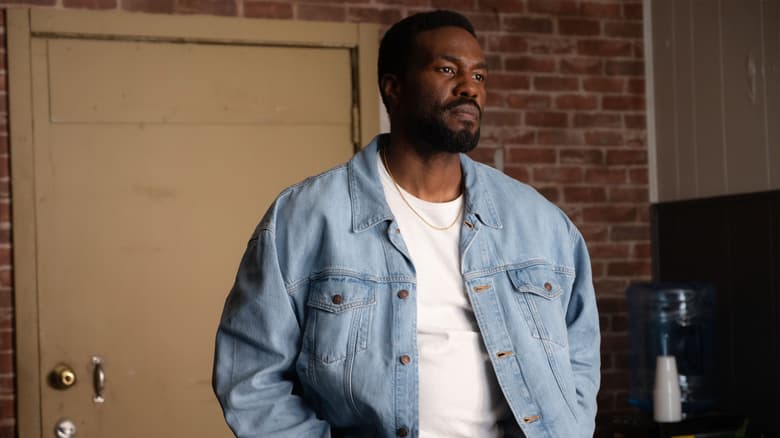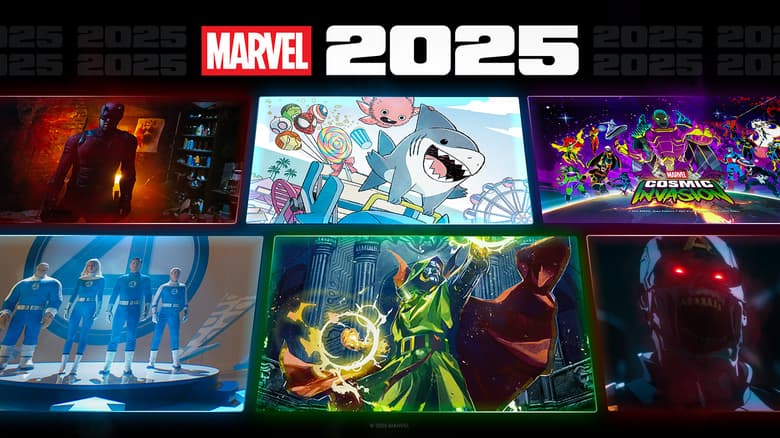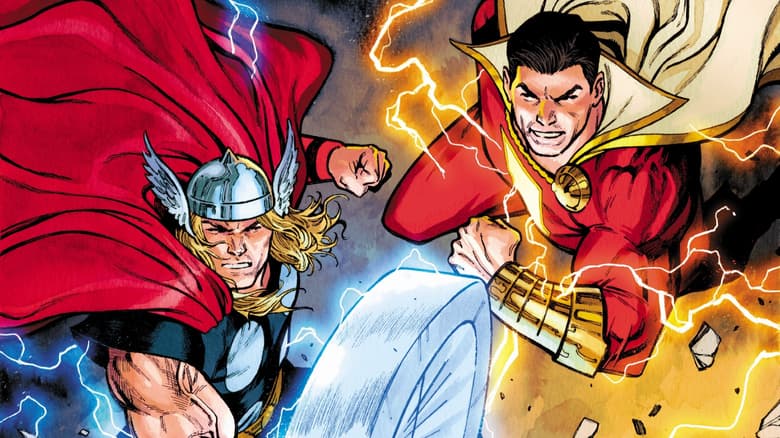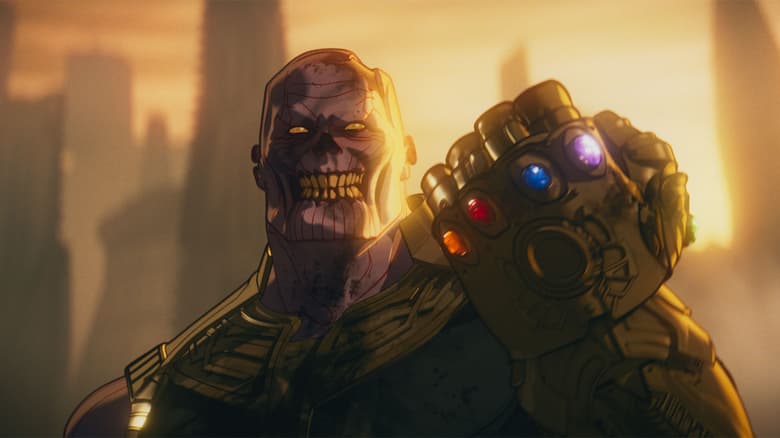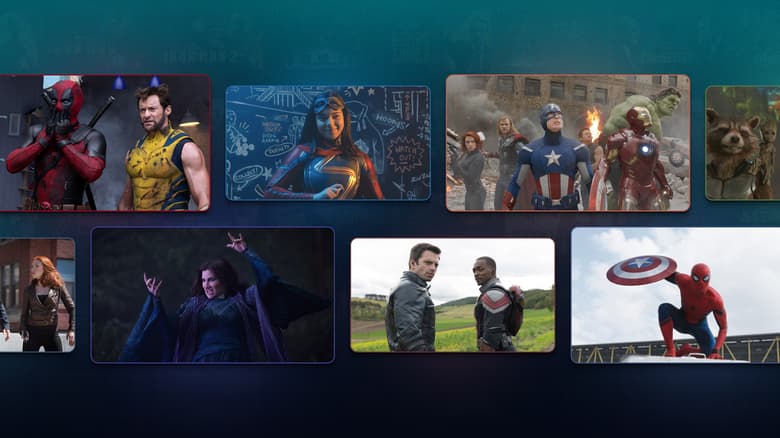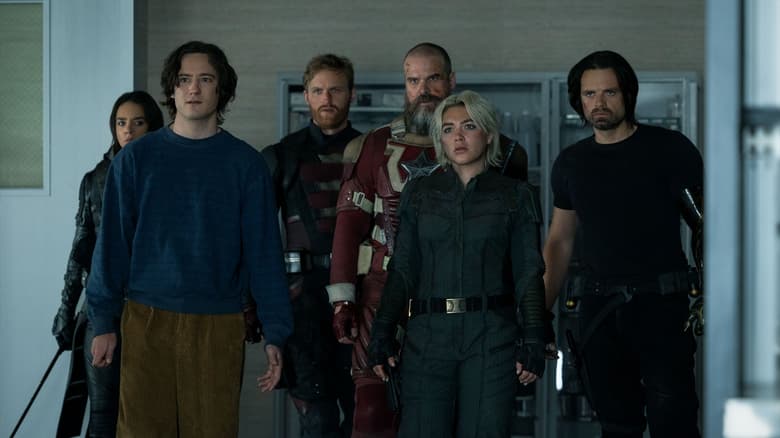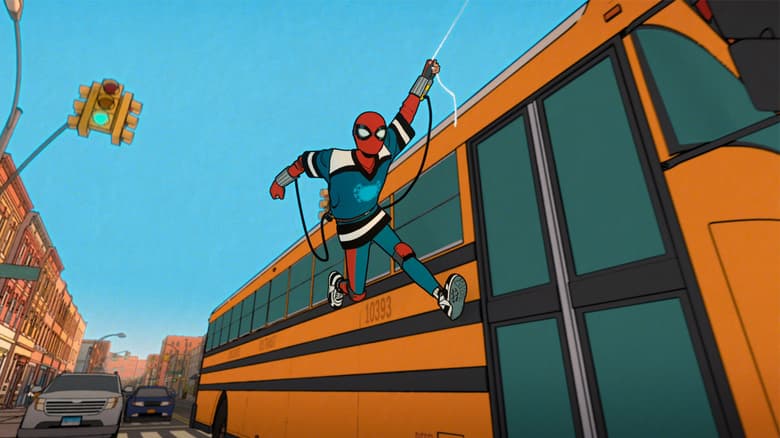Go Behind-The-Scenes with ‘Black Panther: Wakanda Forever’ and IMAX’s Expanded Aspect Ratio
Stream now, exclusively on Disney+!
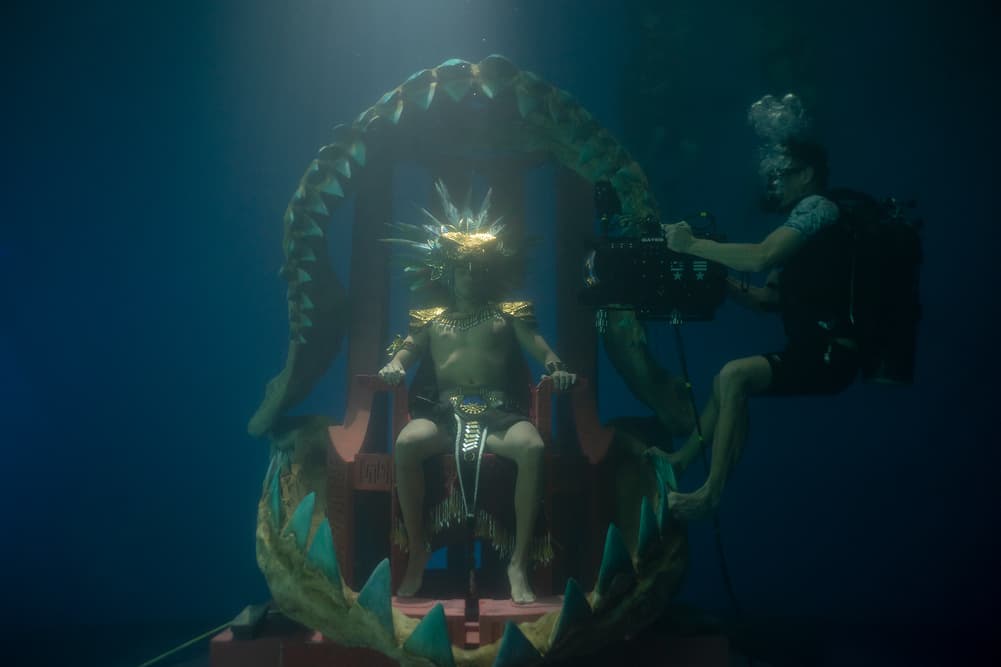
Marvel Studios’ Black Panther: Wakanda Forever is now streaming on Disney+, and not just streaming, but streaming in IMAX’s Expanded Aspect Ratio.
IMAX’s Expanded Aspect Ratio is 1:90:1, which offers up to 26% more picture for select sequences – meaning more of the action is visible on screen, just as the filmmakers intended. In the future, the collaboration will deliver even more enhanced audio and visual technology to Disney+, including immersive IMAX signature sound by DTS.
With the blockbuster movie now streaming, Black Panther: Wakanda Forever’s VFX Supervisor Geoffrey Baumann provided some behind-the-scenes insight on one of the film’s pivotal scenes, filmed in IMAX’s Expanded Aspect Ratio — the first appearance of the Talakon and Namor in the film.
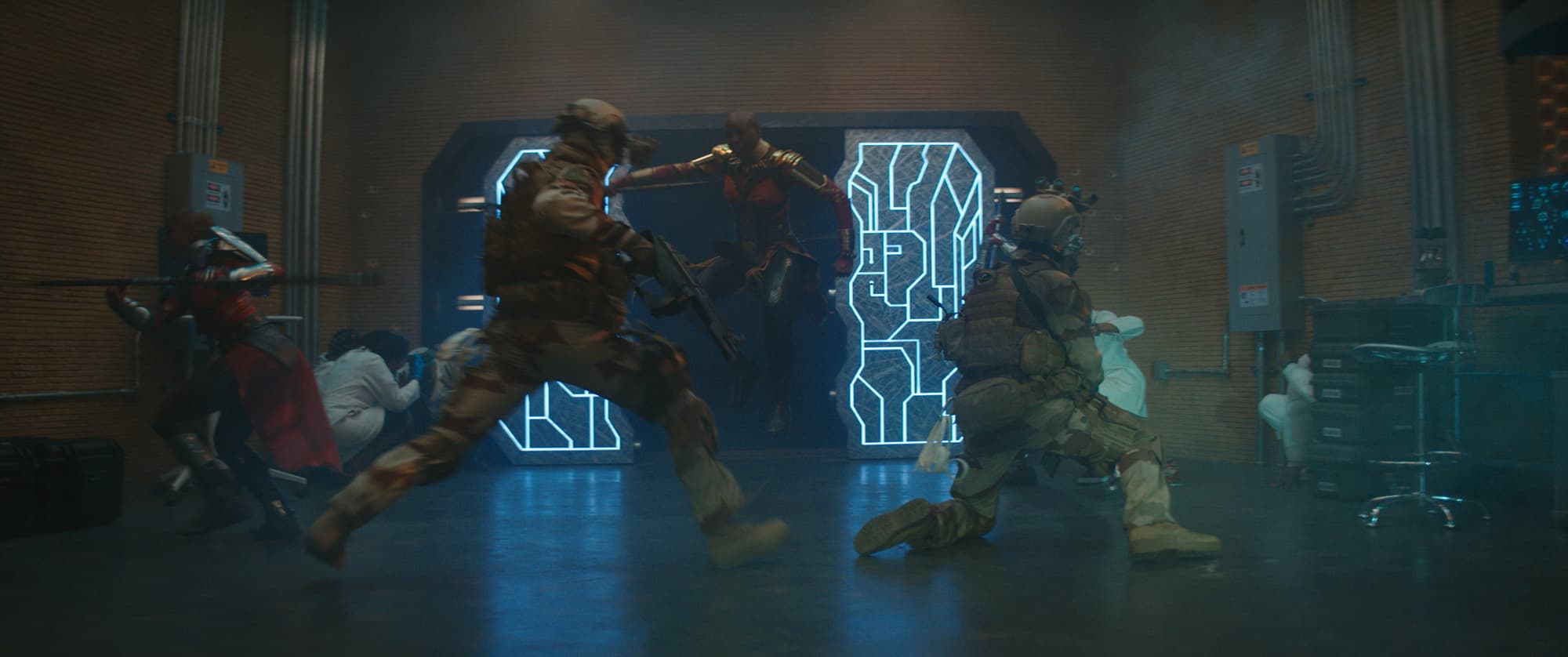
Viewers are introduced to the Talokans and the film’s underwater setting. What was the benefit of opening this scene up to IMAX’s Expanded Aspect Ratio?
The deep ocean and underwater scenes most obvious scenes to highlight the expanded IMAX frame. Allowing the viewer to be truly emerged in the depths of the ocean, experiencing its vastness. It is never-ending. Oddly enough, this experience was different than other IMAX sequences I have worked on. We were not highlighting architectural content or a mountainous environment. We were doing the opposite and highlighting the surreal emptiness of the ocean. Part of the choice here was to see the big blue as we called it. The deep ocean is where there is little light, and things can emerge out of the darkness and be right in front of you. We used the water characteristics of visibility and color absorption, as part of the storytelling the way one might use depth of field or spotlights in a traditional scene. Surprising the viewer with something or trying to create beauty with a very simple color palate and a relatively empty frame. The IMAX expanded aspect ratio greatly assisted in this by immersing the viewer into the ocean, into this world that for the most part has never been explored.
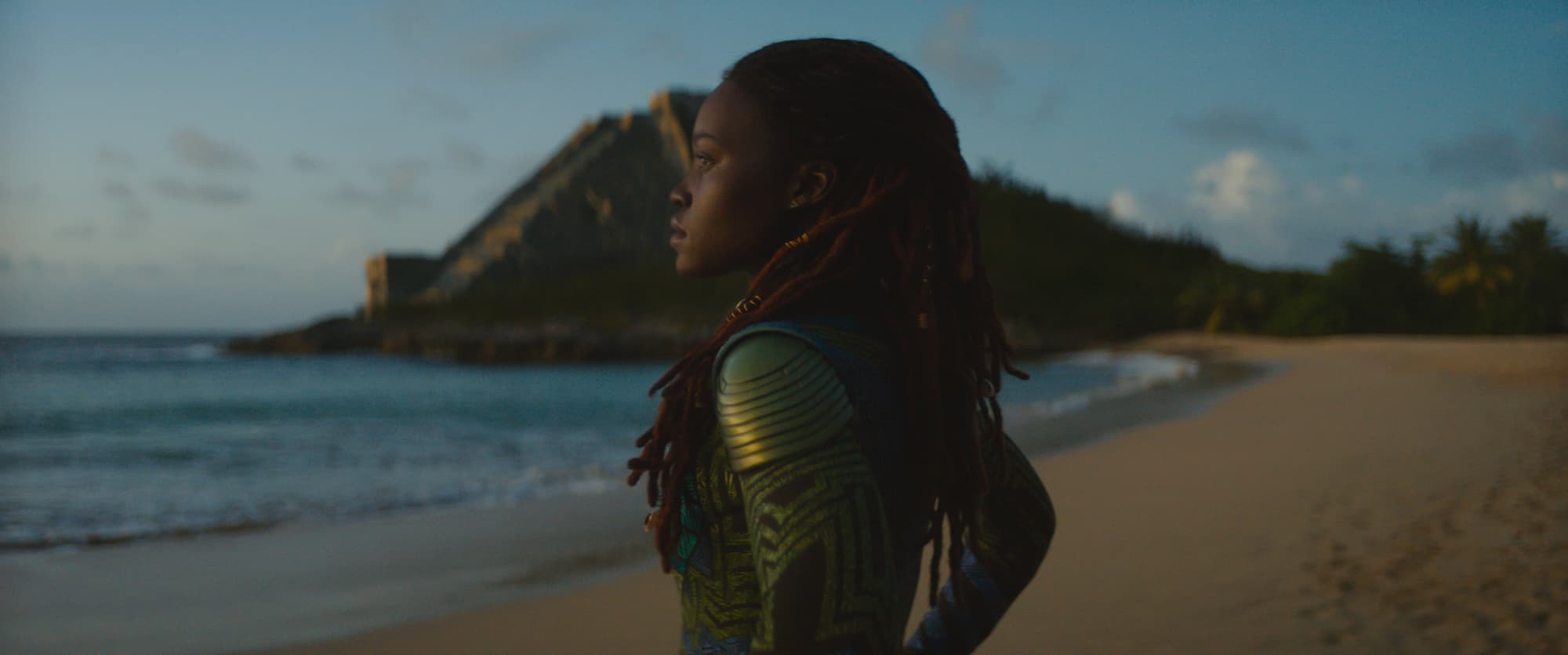
What were some of the challenges in filling the expanded frame with VFX?
The visual style of the film was heavily influenced by [cinematographer] Autumn Durald Arkapaw’s choice of using 2.0x detuned anamorphic lenses. These narrower aspect ratio lenses have extremely unique artifacts and characteristics. The challenge became adding back the correct 2x detuned anamorphic lens characteristics to the expanded IMAX frame. Bokeh, field curvature, etc, are exaggerated in the 2.0x lenses and we had to interpolate these characteristics out to the expanded aspect ratio that IMAX gives us. 115TB of charts, grids, and maps were shot to assess and evaluate every detail of the glass used on the show. Artists and Supervisors could now see and understand all the optical aberrations creating the visual characteristics of each lens, as well as their order of operation. This kept the application of lens aberrations consistent in the IMAX sequences, matching the surrounding non-IMAX photography. The cumulation of the above created consistency and a seamless blend between the two aspect ratios of the film as well as between plate photography and CG.
How did you rethink the VFX process for this film with so many underwater sequences?
Every aspect of shooting in water takes longer. Swinging a lens is a 20 min process. Our underwater team was exceptional lead by the extremely experienced and talented Pete Zuccarini. We relied heavily on his guidance as far as what pieces to shoot and how to shoot them. The VFX process also needed to reconsider color as well as visibility. If our tank’s water quality was not perfect that meant, we needed to match these water imperfections in our CG or dry for wet pieces. In the film, we would be intercutting from an underwater shot to a dry-for-wet shot and then to a full CG shot. These all needed to have the same visual language. This language was based always on underwater photography. Real-world water characteristic measurements were integrated into the spectral renderer to mimic the region’s aquatic look. This allowed us more freedom and accuracy when dialing in the colors that Autumn and Ryan wanted.
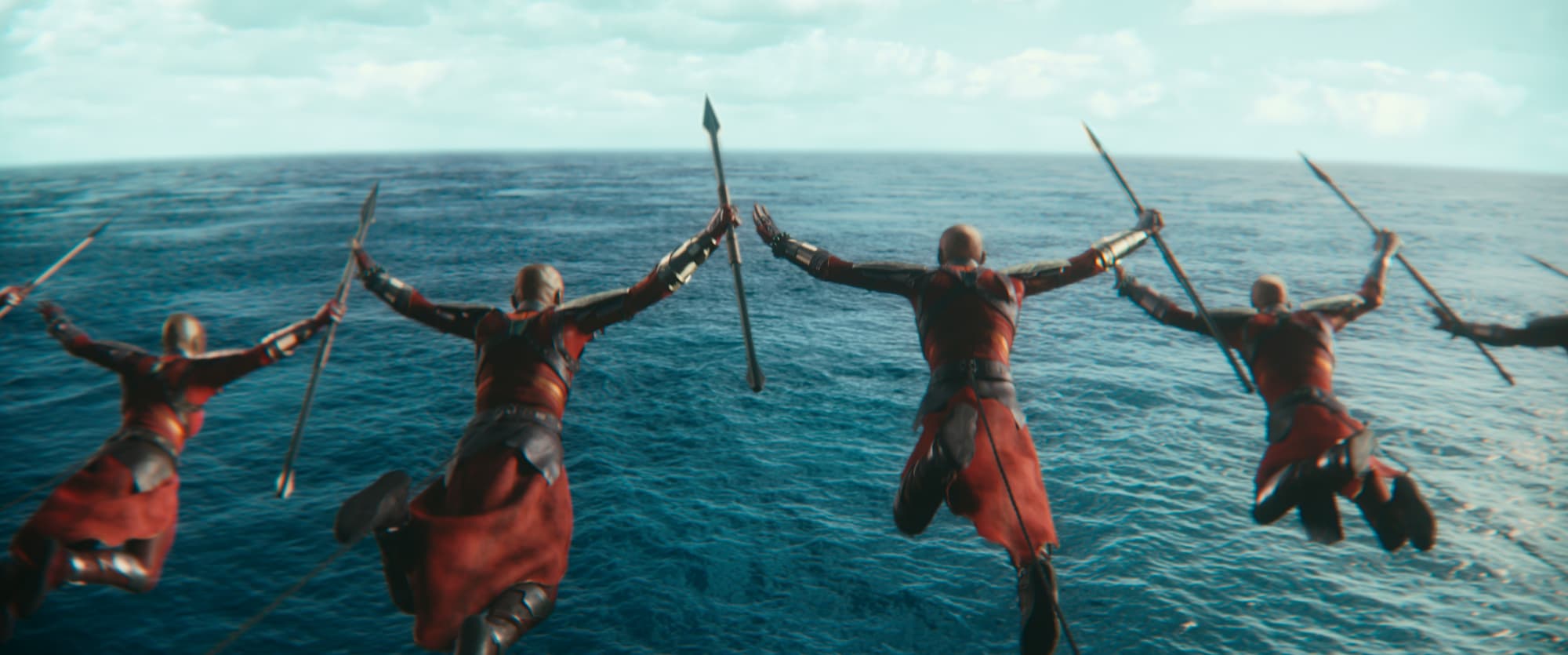
In Black Panther: Wakanda Forever, Queen Ramonda (Angela Bassett), Shuri (Letitia Wright), M’Baku (Winston Duke), Okoye (Danai Gurira) and the mighty Dora Milaje (including Florence Kasumba), fight to protect their nation from intervening world powers in the wake of the death of their beloved King T’Challa. As the Wakandans strive to embrace their next chapter, the heroes must band together with the help of War Dog Nakia (Lupita Nyong’o) and Everett K. Ross (Martin Freeman) if they are to forge a new path for the kingdom of Wakanda. Marvel Studios’ Black Panther: Wakanda Forever was written by Ryan Coogler & Joe Robert Cole and directed by Ryan Coogler.
Wakanda Forever! Black Panther: Wakanda Forever is now streaming on Disney+.
Follow Black Panther on Twitter, Instagram, Facebook, and find Marvel now on TikTok!
The Daily Bugle
Can’t-miss news and updates from across the Marvel Universe!

